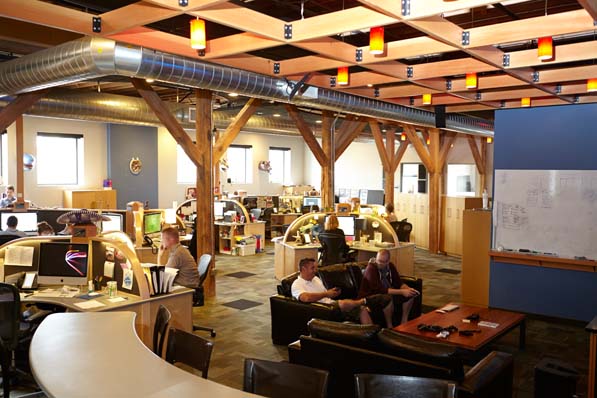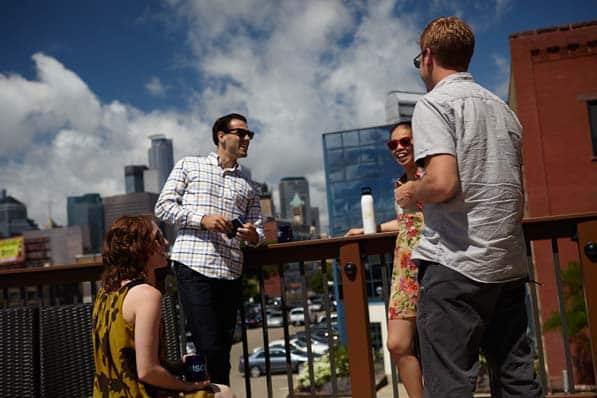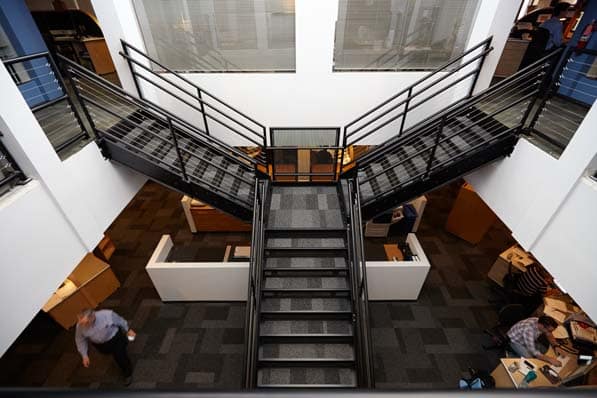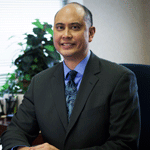Greg Kurowski, president and CEO of Periscope, vividly remembers when he joined the company in 1999. At just over 100 employees, the Minneapolis, Minnesota-based ad agency made its home in a run-down, downtown neighborhood, the building adjacent to little more than an empty parking lot and a liquor store.
Fourteen years later, Periscope’s corner of the city has evolved as much as the company itself. In that time, the agency has acquired a second office and hired its 500th employee, and the location boasts views of the Minneapolis skyline, Gold Medal Park, the famous Guthrie Theater, and a new condo development, all of which are helping to add life to a once-neglected part of the city. “It was completely resurgent,” Kurowski says. “We were so fortunate to have been in the right place at the right time.”
Periscope’s mission is to “Do things people love,” and the company’s vertical integration lets it work with clients from idea conception all the way to implementation. An in-house photo studio, a packaging team, an analog team, and a growing digital and social-media team—activities many other firms have to outsource—allow Periscope to deliver more services faster, and at lower rates.

Periscope’s client list spans industries and includes such notable companies as ExxonMobil, Target, Cox Communications, Arctic Cat, and Bridgestone. When looking at clients, Periscope considers the “engagement opportunity” the client presents. “If we can have a meaningful relationship, we’ll invest in that,” Kurowski says. “That’s how we’ve grown some of our business. Target has been with us for 17 years; when they joined with us, they were nowhere near the size they are now. We’ve done a lot of mutual win-win engagements with them.”
Periscope’s professional integration is evident in the workplace itself. Over the years, Periscope has shifted from a linear to a dynamic office space, focusing on open work spaces that lend themselves to collaboration. “The workplace dynamic is very important,” Kurowski says. “Our new space is less ‘I’ or ‘Me,’ and a lot more ‘We.’”



